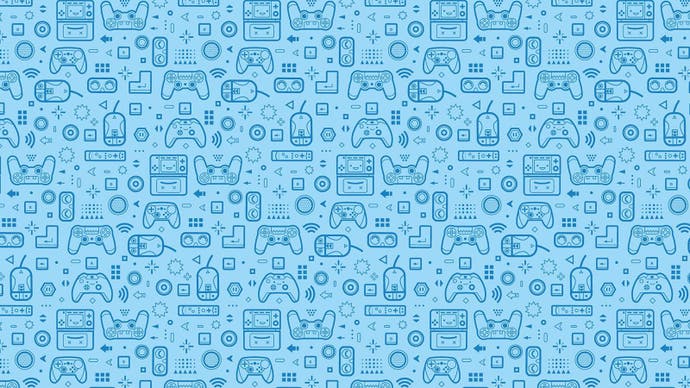Face-Off: Modern Warfare 2
Extensive analysis of the PS3 and Xbox 360 versions.
The year's hottest and most successful videogame finally gets the full-on Digital Foundry Face-Off treatment. It's fair to say that Call of Duty titles in recent years have consistently favoured performance on the Xbox 360, whether they've been produced by series founder Infinity Ward or gap-year specialists Treyarch. With 2009's offering featuring an enhanced engine and brand new streaming tech, can the PS3 game match or indeed surpass the quality of the Xbox title?
First things first. While there have been plenty of attempts at comparison shots thus far across the net, something hasn't really looked quite right about any of them. The colour balance is quite patently wrong.
Basic settings don't cut it with Modern Warfare 2. You really need to spend some time setting up the game to play nicely with your screen... or indeed your capture kit. Usual form within any Digital Foundry Face-Off is simply to run the game at default settings and let the chips fall as they may - the assumption being that the default is equivalent to the colour settings within the console's framebuffer, or at the very least what the developer calibrates the output to. However, keeping the default settings is really not a particularly good idea within Modern Warfare 2 and we're also not sure how effective Infinity Ward's calibration method is for the end user is either.
Leave things at default settings and you get images like this:
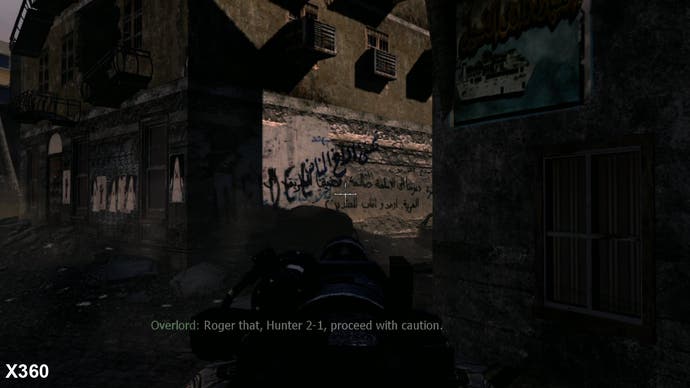
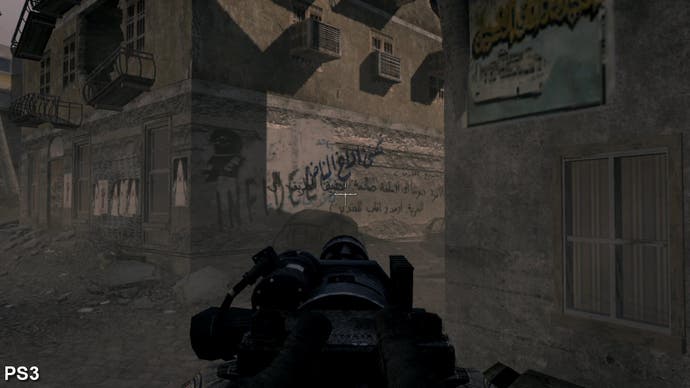
Bottom line: if you're an Xbox 360 owner, you should be making the image brighter, and if you're playing on PS3, it's really a massively good idea to lower the brightness level significantly, otherwise the lighting - one of the really impressive things in this game - simply won't look as good as it should. Many people online are discussing the PS3's washed-out image, or talking about a "grey filter". In truth, there's nothing wrong with it. It's simply a case of tweaking your settings.
So with all that in mind, here's our set of 720p comparison shots, different from the others you might have seen in that they actually show each version of the game in the way they should be seen.
For the record, these are the settings we ended up using that gave us the closest colour match between the two versions while at the same time offering the best picture. Mileage will vary according to your display, but assuming your screen is well set-up, this is the ballpark. Give this a shot and tweak from there.
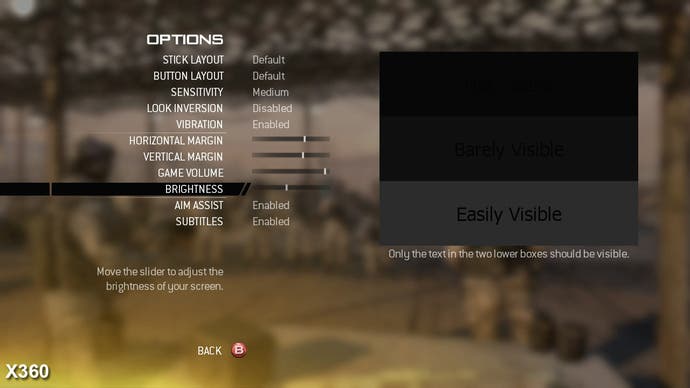
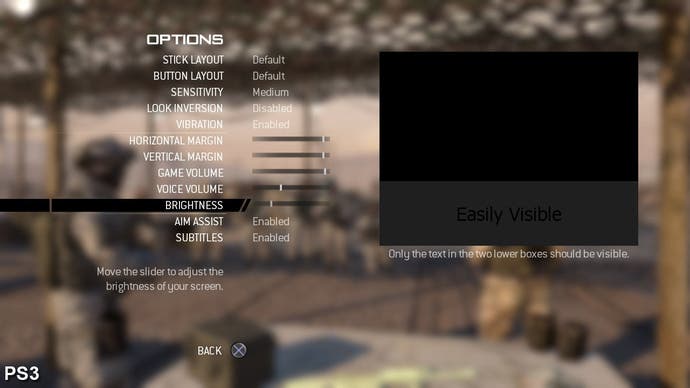
With that sorted out, it's time to take a look at some like-for-like comparison video to show just how close the game is between the two console platforms. The video runs at 30 per cent speed here, in order to retain detail levels while keeping it readily streamable for broadband users. Even with the extra layer of scrutiny that this affords us, it's clear to see that Infinity Ward has done a superb job of achieving platform parity. Particular effort has been made on the PS3 side of things. Under the bonnet, a lot has been done to bring the visuals on the Sony platform up to the same standard as that seen on the 360 build.
Infinity Ward's improvements to the PS3 game are particularly evident in the handling of textures. The original Modern Warfare did a good job of being perceptually very similar to the Xbox 360 version, but look more closely - literally - and you could see that there were compromises in texture quality. The comparison shots here kick off with a close-up of Captain Price from COD4, followed up by an equivalent close-up shot in the sequel. The improvement is absolutely colossal, and while there isn't quite platform parity, any differences are now negligible.



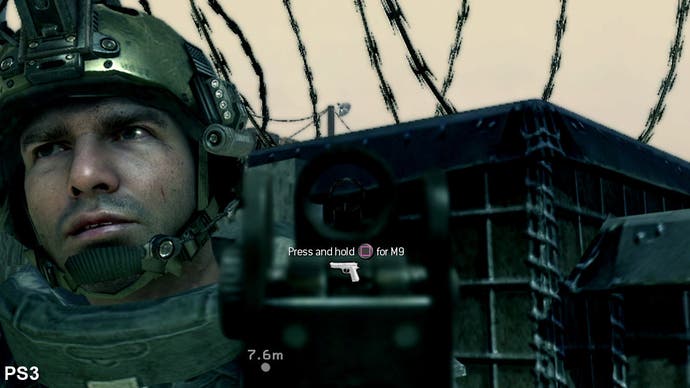
So, what's the secret? In common with many other developers, Infinity Ward has jettisoned the notion of storing all textures in RAM and instead streams them in as and when they are needed. Liberated from the constraints of onboard video memory, Modern Warfare 2 is a much richer place in which to play, but it does come at a cost. There's limited bandwidth available when streaming from an optical disc, so in fast-moving scenes, lower-resolution textures are left on-screen for longer than you might like. While this affects the 360 build to some extent too, at least there you have the ability to install the entire game to hard disk.
